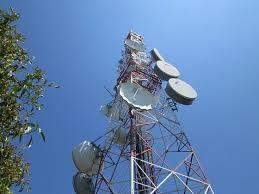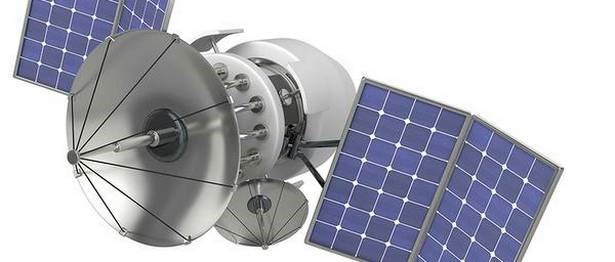Cell phones have really changed the way of communications over the last few years and are the most used communication tool today. The usage is not limited to communication, and it has become everybody’s mean for internet access, social media, online shopping and not to forget the “All in One” gadget which has replaced clocks, cameras, music players, radio, landlines and so on. The small gadget is a basic necessity for every person and provides all the above amenities on the move as well. In many parts of the country, cell phones are the sole mean to connect to internet. It is no surprise that everyone wants to be connected without any disruption. The only factor which is variable in today’s world is the network coverage which is dependent on your Mobile Network Operator (MNO).
MNOs are working on a daily basis to extend their coverage to every remote nook and corner of the globe to make the connectivity possible for everyone. However, they face various challenges to provide efficient coverage – Return of Investment, Affordability and Connectivity being the major pain points. It takes a considerable investment to connect rural and remote areas especially on terrestrial media like fibre. Moreover, the customer expectation is to get the data at affordable prices irrespective of the media used and at par with the prices prevailing in other parts of the world. The popularity of bandwidth heavy applications like video and social media adds to the woes of user experience and efficient bandwidth management to maintain high level connectivity. The cellular backhaul on satellite is the ready-made solution to address the issues which MNOs are facing and can help them garner subscribers ensuring enhancement of coverage.
Despite connectivity being an integral part of Government’s Digital India program, there are still thousands of villages which are lacking cellular services. Apart from the rough terrain, MNOs don’t find it lucrative enough to connect these villages due to connectivity issues and heavy investment needed. The rural digital inclusion is also a primary focus for the Government and various steps are being taken in that direction through USOF and MNO efforts. In a significant step towards achieving these objectives through satellite, DCC (Digital Communications Commission) has cleared satellite connectivity for telecom networks clearing the regulatory hurdles. The emergence of High Throughput Satellites (HTS) and NGSO satellites, evolution of ground segment and the push to connect rural areas with quality coverage has pushed Satellite Backhaul to be looked as the most preferred solution and is no longer considered to be a niche application for satellite connectivity.
MNOs have a misconception that satellite is too expensive, and the available capacity is too small to cater to their needs. Also, satellite networks have generally been deemed as complex. However, the advent of HTS and NGSO is driving the costs lower and the capacities have grown manifold in the past few years. Another important aspect, which only Satellite networks have, is to use the same bandwidth among multiple sites using MF-TDMA technology thereby driving the costs further lower and making it affordable. The L2 transport option makes these networks identical to the terrestrial backhaul. The remote footprint has also become smaller, weather resistant with an all-outdoor setup and power efficient thereby making it easier to work on DC power or solar panels without the needs of civil and electrical infrastructure. It is noteworthy to mention that the upcoming NGSOs with all the features mentioned above will have a lower latency and huge bandwidth quantum to cater to the needs of MNOs. To address the complexity, satellite backhauls are being offered as managed services and the MNOs need not invest in acquiring satellite capacity or establishing ground infrastructure. Satellite backhaul can also be used as a backup to terrestrial connectivity for metros and urban sites to enhance the uptime and reliability using diverse paths.
As people are becoming more accustomed to being connected online everywhere, the usage and demand of data has been growing exponentially. The access for connectivity on the move makes it prudent to use cell phones instead of laptops and PCs connected to the terrestrial media. Mobile phones have become the only mean to stay connected for people working from home, Online classes, and many other uses in these tough times of Covid-19. More and more remote and rural sites are shifting to 4G/LTE and even 5G has started looking up from the horizon. 5G will create higher demand for capacity and reach in the coming days and fibre cannot connect the remote sites in tough terrains like mountains, islands, and deserts. Satellite backhauls will complement the terrestrial media and a hybrid connectivity model is forward looking. This approach will help the MNOs to reach new markets, provide effective coverage and make it affordable for their subscribers.

